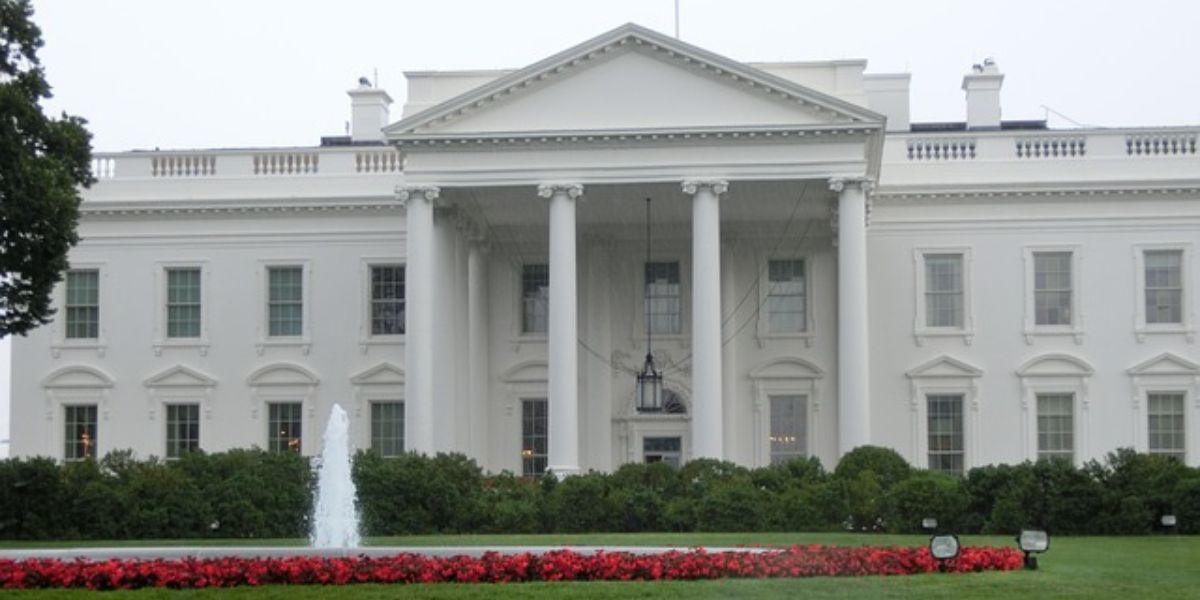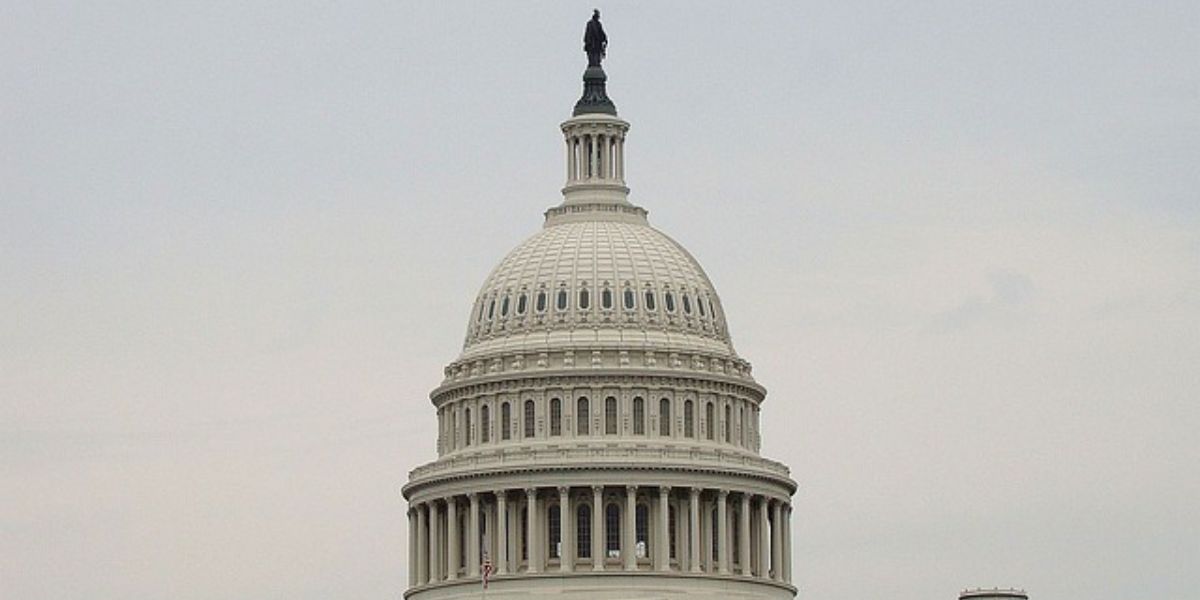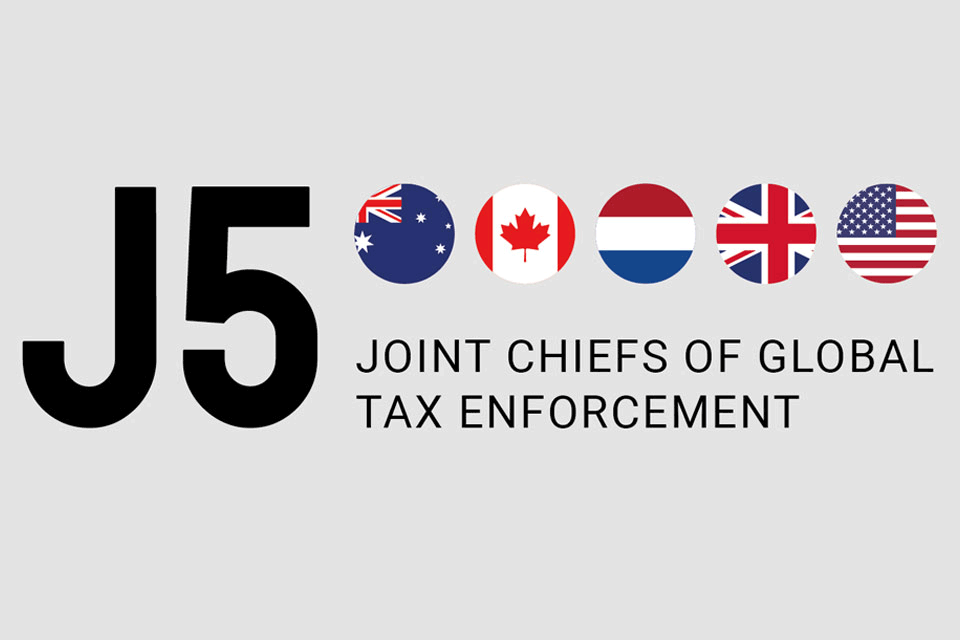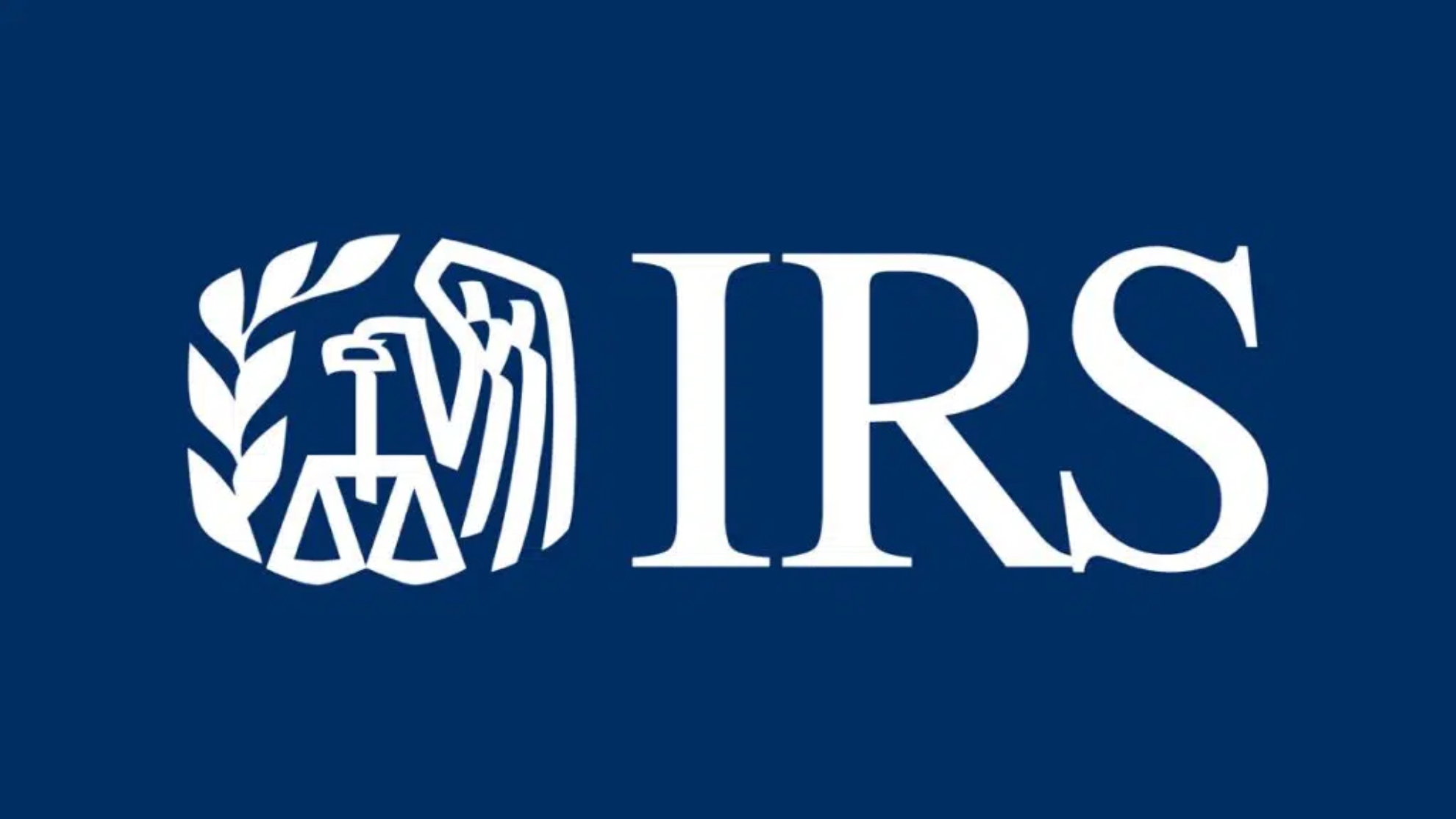The US Congressional Research Services (CRS) has published a new “In Focus” report, “How the “Tax Cuts and Jobs Act” (TCJA, P.L. 115-97) Changed Cost Recovery and the Tax Credit for Research” on 13 November 2024.
Tax benefits for investments in research and development are of long-standing interest to Congress and the business community. The 2017 tax cut, commonly referred to as the Tax Cuts and Jobs Act (P.L. 115-97; TCJA), changed the deductibility of research and experimentation (R&E) expenditures by moving from expensing (costs deducted immediately) to five-year amortisation (costs deducted ratably over five years). This change took effect in 2022.
The TCJA also changed how the deduction of research costs interacts with the research and experimentation (R&E) tax credit. This In Focus provides an overview of the changes to the tax benefits for research stemming from the TCJA.
R&E Credit and Basis Adjustment Basics
Firms may claim one of two R&E tax credits: the 20% “regular” credit, or the 14% “alternative” credit. The regular credit is equal to 20% of qualified research expenses in excess of a base amount that can be no less than 50% of current-year research expenses. CRS estimates that 98% of claims for the 20% credit are subject to the minimum base using Internal Revenue Service (IRS) data, which implies that the credit is effectively 10% (a 20% credit applied to half of qualified expenditures).
The 14% credit applies to research expenditures in excess of half of the average amount of expenditures over the past three years. With growth, somewhat more than half of current-year expenditures would be eligible for the credit. For example, if the annual growth rate of research expenditures is 5%, the base would be 45% of expenditures and the credit would be 7.6% (0.55 times 14%) of current expenditures.
Based on IRS data, CRS estimates that the weighted average effective R&E credit rate—that is, combining both the 20% and 14% credits—is 8.2%.
The prior expensing deduction was reduced by the R&E credit claimed. This reduction is sometimes referred to as a “basis adjustment.” Alternatively, firms could claim a full deduction in exchange for reducing the R&E credit by the corporate tax rate, which was equivalent to the basis reduction for corporate taxpayers (but not noncorporate taxpayers).
Requiring a basis adjustment prevents taxpayers from claiming a tax benefit on the same expenditures twice. For example, if a firm has USD 100 in qualified expenses and USD 8 in R&E credits, the basis adjustment would reduce their deduction for qualified expenses from USD 100 to USD 92.
Alternatively, the taxpayer could claim the full deduction and reduce their credit by the corporate tax rate, producing the same effect under expensing. Under amortisation, however, reducing the deduction would be more favourable because it is smaller than the reduced credit.
The TCJA adjusted the statutory language in Section 280C(c)(1) of the Internal Revenue Code in a manner that appears to have eliminated the basis adjustment. As a result, the change in the TCJA that moved from the most generous form of cost recovery, expensing, to a less generous form of cost recovery, five-year amortisation, appears to be partially offset by not having to make a basis adjustment.
Did the TCJA Eliminate the Basis Adjustment?
When the TCJA changed the cost recovery method for R&E expenditures from expensing to five-year amortisation, it also changed the prior basis adjustment rules contained in IRC Section 280C(c)(1). The prior statutory language reduced expensing deductions by the amount of the credit, whereas the new language states that costs eligible for amortisation are to be reduced by the excess of the credit over the deduction. This appears to have generally eliminated the basis adjustment, along with the amortisation deduction. A number of economists, accounting firms, and lawyers have argued in support of this interpretation.
Treasury, however, has indicated some uncertainty and presented guidance (Notice 2023-63) for comment on two interpretations of the change, one that retains the original basis adjustment and one that does not. Treasury’s case for a basis adjustment rests on the interpretation that the basis adjustment provision refers only to Section 174(a)(1)— referring to expensed amounts, which are zero given the switch to five-year amortisation—and not to expenditures that are amortised.
Two points suggest that the basis adjustment has been removed. First, Internal Revenue Code Section 280C(c)(1) states that there should be a basis adjustment if the R&E credit exceeds “the amount allowable as a deduction for such taxable year for qualified research expenses or basic research expenses” (emphasis added) and not the amount allowed to be expensed.
Section 280C(c)(1) also does not reference the new Section 174 provision that no longer provides for expensing. The provision allowing amortisation refers to it as an “amortisation deduction,” which some tax professionals argue is covered under “the amount allowable as a deduction” in 280C(c)(1)(B). This latter point is emphasised in J. Anthony Coughlan, “Be Careful What You Lobby For: R&E Expensing’s Heavy Baggage,” Tax Notes Federal, March 4, 2024. Second, the TCJA altered Section 280C, which would not be necessary for retaining the basis adjustment.
The Joint Committee on Taxation (JCT) Bluebook (p. 145, footnote 686) seems to be consistent with the excess over the amortisation deduction: “Thus, if a taxpayer’s research credit under Section 41 for a taxable year beginning after 2021 exceeds the amount allowed as an amortisation deduction under the provision for such taxable year, the amount chargeable to capital account under the provision for such taxable year must be reduced by that excess amount.”
The legislative history does not address why the basis adjustment was eliminated, and the change has largely gone unnoticed in public debate over restoring expensing. The possibility that it was unintended cannot be ruled out.
The Effect of the Elimination of the Basis Adjustment on Research Subsidies
The effect of switching from expensing with a basis adjustment to five-year amortisation without a basis adjustment can be quantified by comparing the benefit for research under both regimes. Prior to 2022, the value of expensing with a basis adjustment for corporate taxpayers was approximately USD 0.193 per dollar of investment, computed as 0.21*z*(1-0.082), where z is the present value of expensing (equal to 1) and the basis adjustment is equal to the effective credit estimated by CRS (of 8.2%).
The benefit under five-year amortisation with no basis adjustment depends on the nominal discount rate of the firm, which CRS estimates to be 6.39%. At that discount rate, the present value of five-year amortisation is USD 0.856 for each dollar of investment. Thus, the subsidy under five year amortisation with no basis adjustment is USD 0.18 per dollar of investment, computed as 0.21*USD 0.856.
With the elimination of the basis adjustment, CRS estimates that the research benefit was reduced by USD 0.013 (USD 0.193 USD 0.18), or 1.3% per dollar of investment due to the switch from expensing with a basis adjustment to five-year amortisation without a basis adjustment.
The elimination of the basis adjustment provides a benefit that partially offsets the loss of expensing.
CRS estimates that the benefit under five-year amortisation with a basis adjustment is USD 0.165 per dollar of investment, computed as 0.21*0.856*(1-0.082). Comparing this to the benefit under pre-2022 law (expensing with a basis adjustment) results in a reduction in the subsidy per dollar of investment equal to 2.8% (USD 0.193-USD 0.165).
Thus, the elimination of the basis adjustment offset 54% (1-USD 0.013/USD 0.028) of the reduction in the benefit that would have occurred had the basis reduction been retained with the switch to five-year amortisation. If the discount rate were low enough (around 3.5%), the current amortisation regime would be more beneficial than prior law. Amortisation also slightly increases the deduction for foreign-derived intangible income.
Budgetary Impact
At the time Congress was considering the TCJA, the JCT estimated that the move to five-year amortisation for research would raise USD 120 billion within the revenue (FY2018-FY2027) window, largely as part of the transition from expensing, although its permanent gain is much smaller. The JCT estimated that the revenue gain from moving to five-year amortisation would reach its peak of USD 33 billion in FY2023; by FY2027, it projected the revenue to decrease to USD 6 billion, which is approximately in line with the annual gain in “steady state” (i.e., the “long run”).
The USD 6 billion in annual revenue gain from switching to five-year amortisation is reduced by eliminating the basis adjustment. Based on calculations under different assumptions, it appears that the elimination of the basis adjustment was not accounted for in JCT’s score of the TCJA.
Under that assumption, CRS estimates that elimination of the basis adjustment offsets approximately USD 4.3 billion of the USD 6 billion in additional annual revenue in steady state. This estimate was made assuming a nominal steady state growth rate of 5%, which implies that amortisation as a share of expensing is 88.5% and the effective credit rate is 8.5% (slightly higher than 8.2% because it reflects growth rates rather than discount rates).
Combining this with the assumption that the JCT score did not account for elimination of the basis adjustment, it translates into total tax deductions for amortisation at that time of USD 50.4 billion 6 billion*0.885/(0.115*(1-0.085))]. The revenue loss attributable to elimination of the basis reduction is then 0.085*USD 50.4 billion, or USD 4.3 billion annually.
Although the loss of the basis adjustment offsets 54% of the reduced subsidy and 72% (USD 4.3 billion/USD 6 billion) of the revenue gain from moving to amortisation in the steady state, it had a smaller effect in the TCJA budget horizon. CRS estimates that elimination of the basis offset about 10% (USD 12.5 billion/USD 120 billion) of the revenue gain from moving to five-year amortisation in the TCJA budget horizon.
This smaller effect is because in transition to amortisation, the amortisation deductions are small relative to the gains from expensing initially, and grow over time. For example, in the first year, amortisation is 10% of expensing, leading to a larger gain from the difference between expensing and amortisation, compared to a smaller effect of the elimination of the basis adjustment on amortisation.
Legislative Proposals
Several legislative proposals have been made to restore expensing. S. 866, S. 2823, and H.R. 2673 would permanently return to pre-2022 law. H.R. 7024, the Tax Relief for American Families and Workers Act of 2024, which passed the House, would return to expensing through 2025, when most of the TCJA’s temporary provisions expire. All of these proposals would permanently reinstate the basis adjustment that was in effect prior to 2022.















